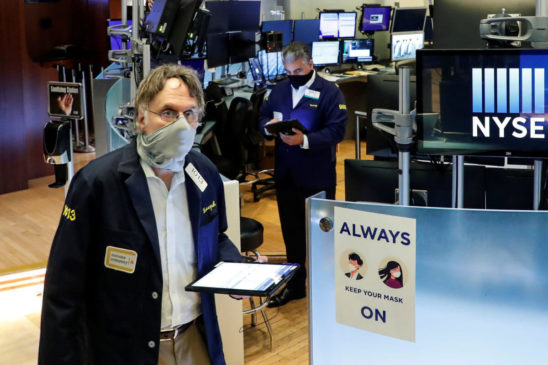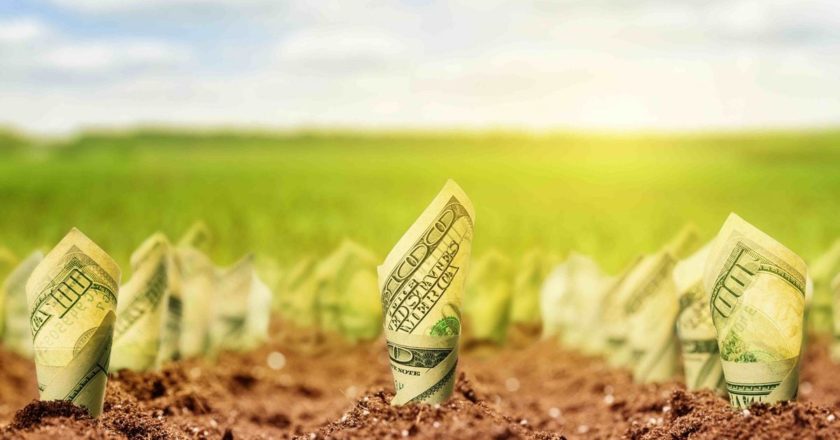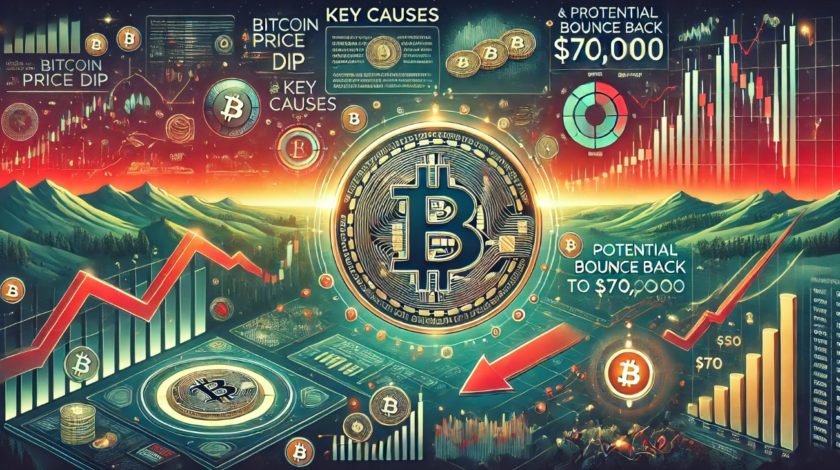- The stock market rally is, by all measures, completely absurd.
- Traders have become drunk on stimulus and it’s causing irrational investing.
- If the free money faucet turns off, the stock market is in for a rude awakening.
Is there anyone out there who believes the stock market’s impressive rally is somehow rooted in reality?
Civil unrest across the U.S. has further complicated economic reopening plans, unemployment data show many of the job losses are likely permanent, and many of those who managed to hold on to their jobs are seeing their wages slashed.
Yet, the S&P 500 and the Dow are on course to post record highs. What universe are we living in?
The Stock Market is Trading on Stimulus
There’s a simple answer to the disconnect between investors’ reality and the reality that the average American is facing: The Federal Reserve.
The Fed’s commitment to do whatever it takes to support the markets has given investors the confidence to pile into equities despite mounting evidence that the nation’s recovery is unlikely to look anything like a V.
Data from trading app Robinhood show that the newest generation of investors is learning fast that you can’t fight the Fed. Millennials’ willingness to snap up beleaguered stocks that will continue to struggle if the economy doesn’t turn around speaks volumes.
The End of the Impenetrable Rally
How much longer can the stock market continue to trade in a parallel universe? Probably not much longer, according to those with experience.
Hedge fund managers are starting to question whether stocks are getting ahead of themselves as new data increasingly point to prolonged economic pain.
Danny Yong from Dymon Asia summed up what’s coming as he turned toward put options to protect his hedge fund from an impending correction:
The stability in equity markets does not reflect the job losses and insolvencies ahead of us globally. I believe we will see new lows in global equity markets later this year. As March…has shown us, prices cannot diverge from fundamentals for too long.
Even when you take the economy out of the equation, investors have lost sight of the reason they’re buying shares in the first place.
According to FactSet, the last time the S&P 500 was this expensive in terms of price to future earnings was January 2002. That means investors are willing to pay top dollar for shares because they believe those stocks will deliver substantially more in the coming year. That’s not just optimism, it’s naivety.
The Fed’s Power Isn’t Limitless
Even the bulls are starting to inadvertently highlight how absurd this rally has become. Aperture Investors’ Peter Kraus described the ‘don’t fight the fed’ narrative that’s driving this rally:
The market is going to continue to trend higher here. I think the Fed stimulus, central bank stimulus around the world, fiscal stimulus in significant quantities, the prospect of additional stimulus which the market expects is going to take place, and the expectation of therapies and vaccines in the future all basically allow the market to continue on its upward trajectory.
Kraus’ sentiment underscores the fact that investors are essentially suckling on Donald Trump’s teat as Papa Powell continues to print money. What happens when its time to start weaning investors off of all that liquidity?
Stimulus Drives Unsustainable Gains
That moment of reckoning could be coming if economic data continue to paint a grim outlook for U.S. businesses in the months ahead. Monetary policy isn’t enough to support a stock market rally as outlandish as this one—fiscal policy is necessary as well. And as Kraus put it, that’s something the market is banking on.
Can Donald Trump convince Congress to continue throwing money at the U.S. public in hopes they start spending it? That’s debatable as Democrats push back against Republican proposals.
The stock market is trading on nothing more than momentum and the promise of free money. As long as the Fed and government keep that faucet on, investors can hide from reality. But eventually, the stock market always returns to the fundamentals. Without a V-shaped recovery on the cards—they don’t look pretty.
Disclaimer: This article represents the author’s opinion and should not be considered investment or trading advice from CCN.com.
This article was edited by Sam Bourgi.
Last modified: June 7, 2020 2:52 PM UTC




